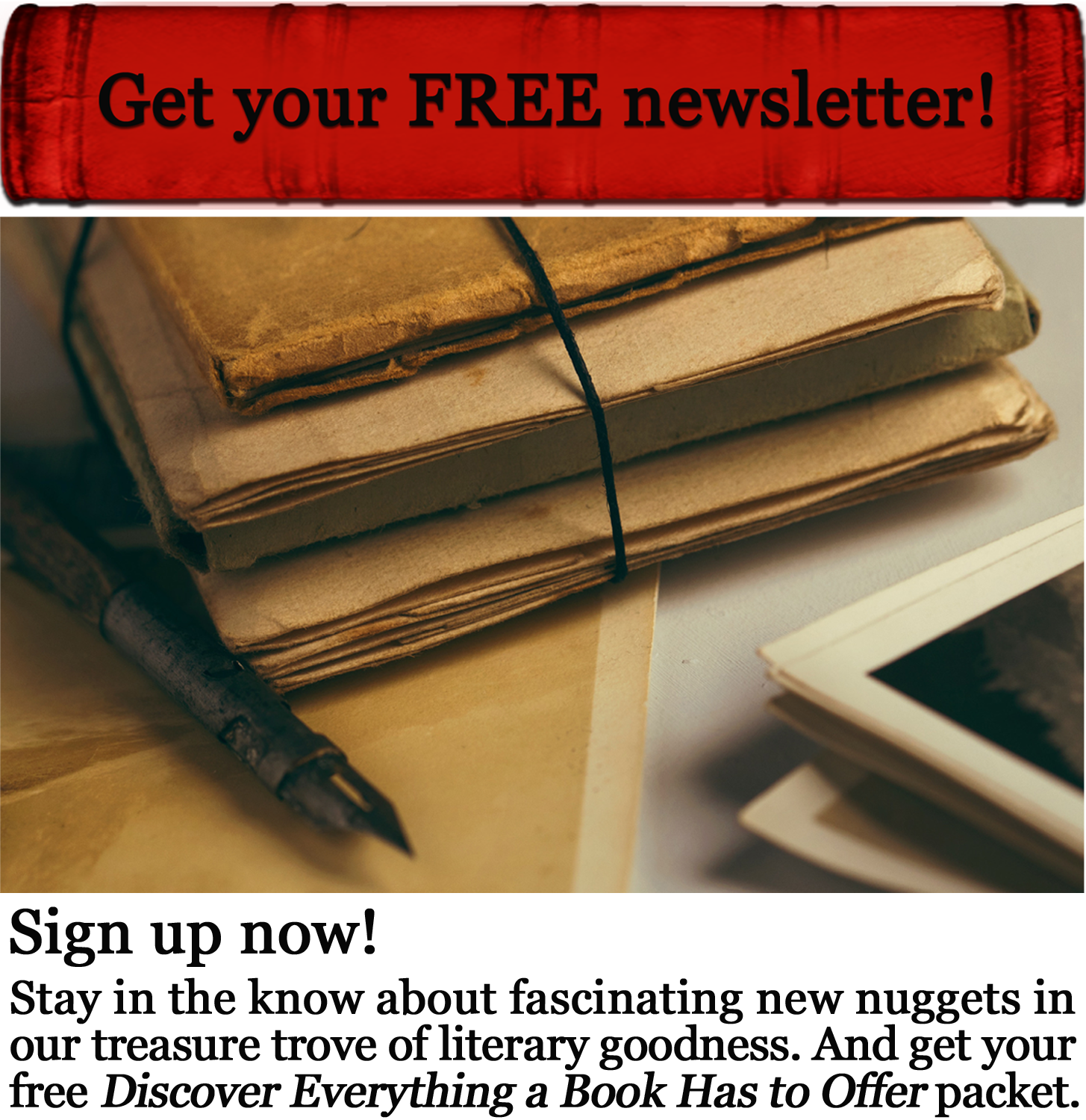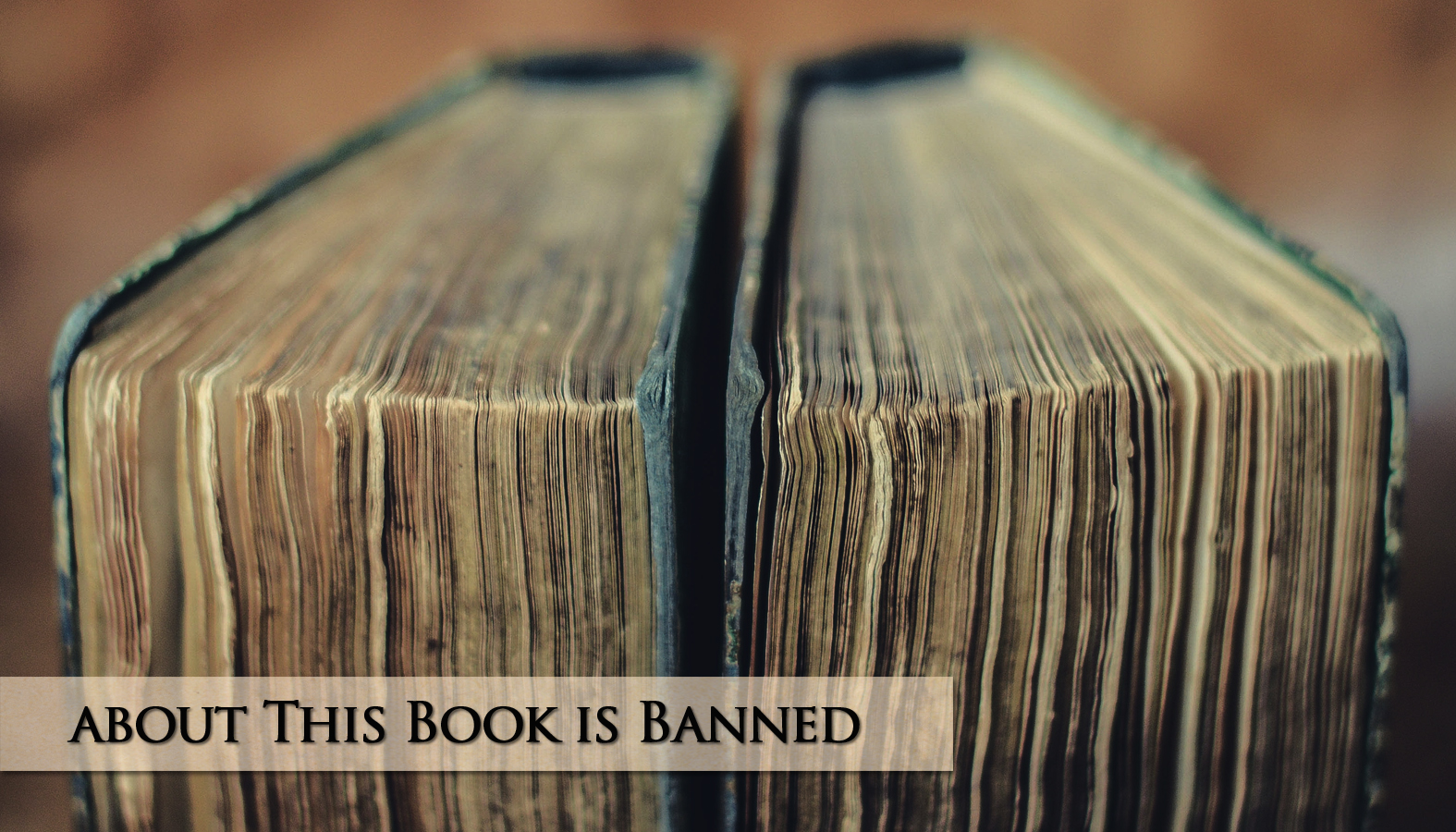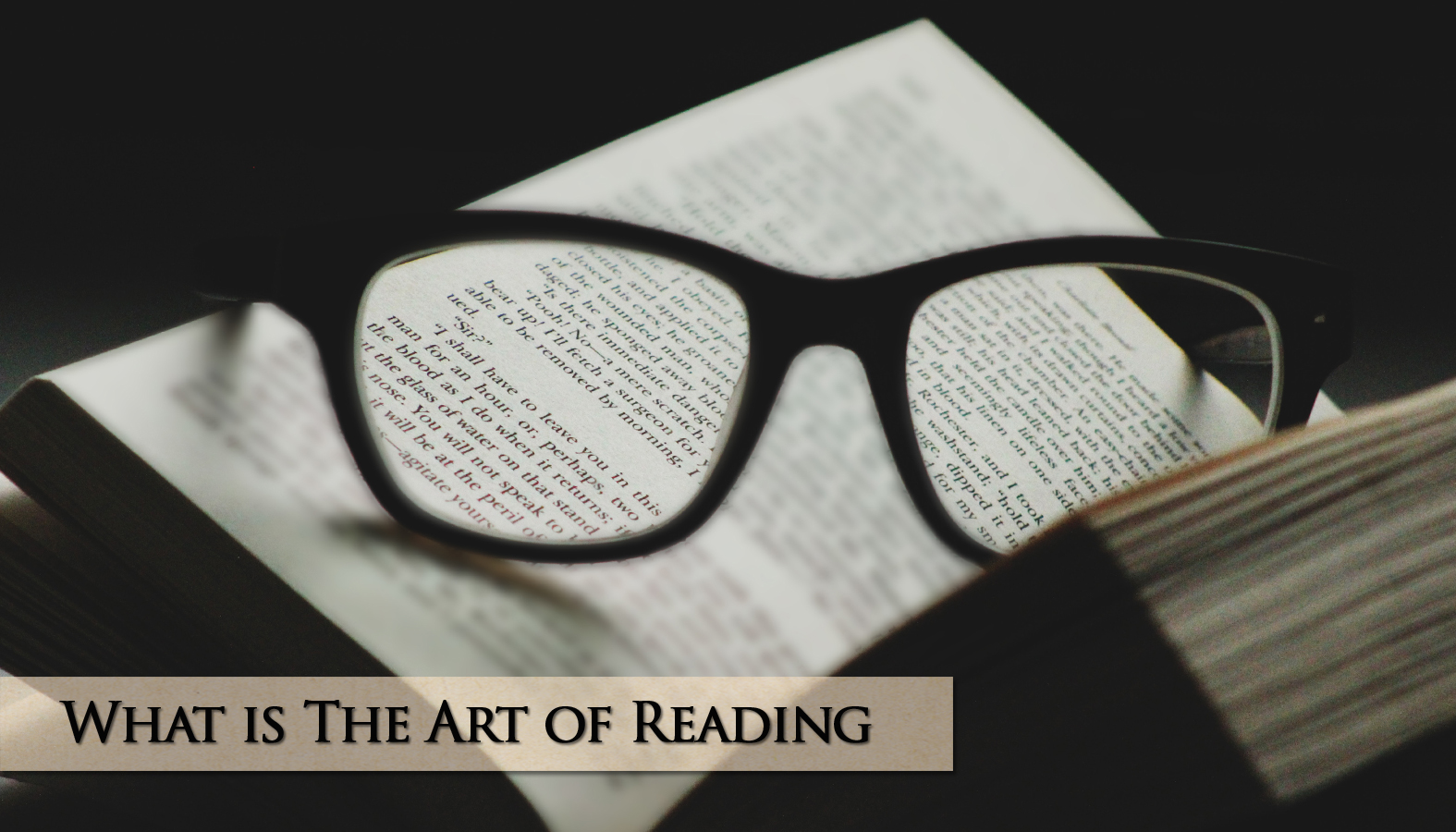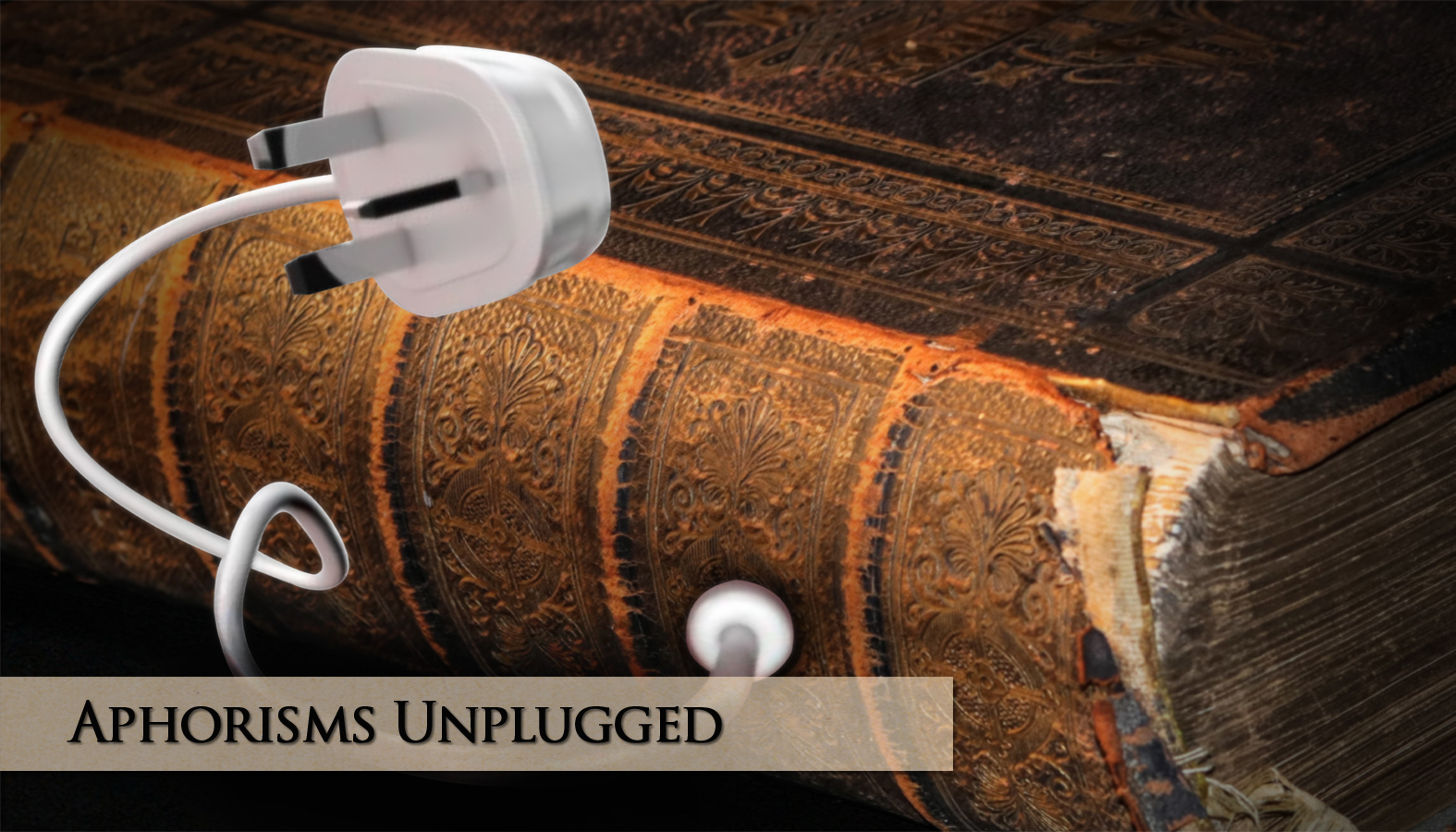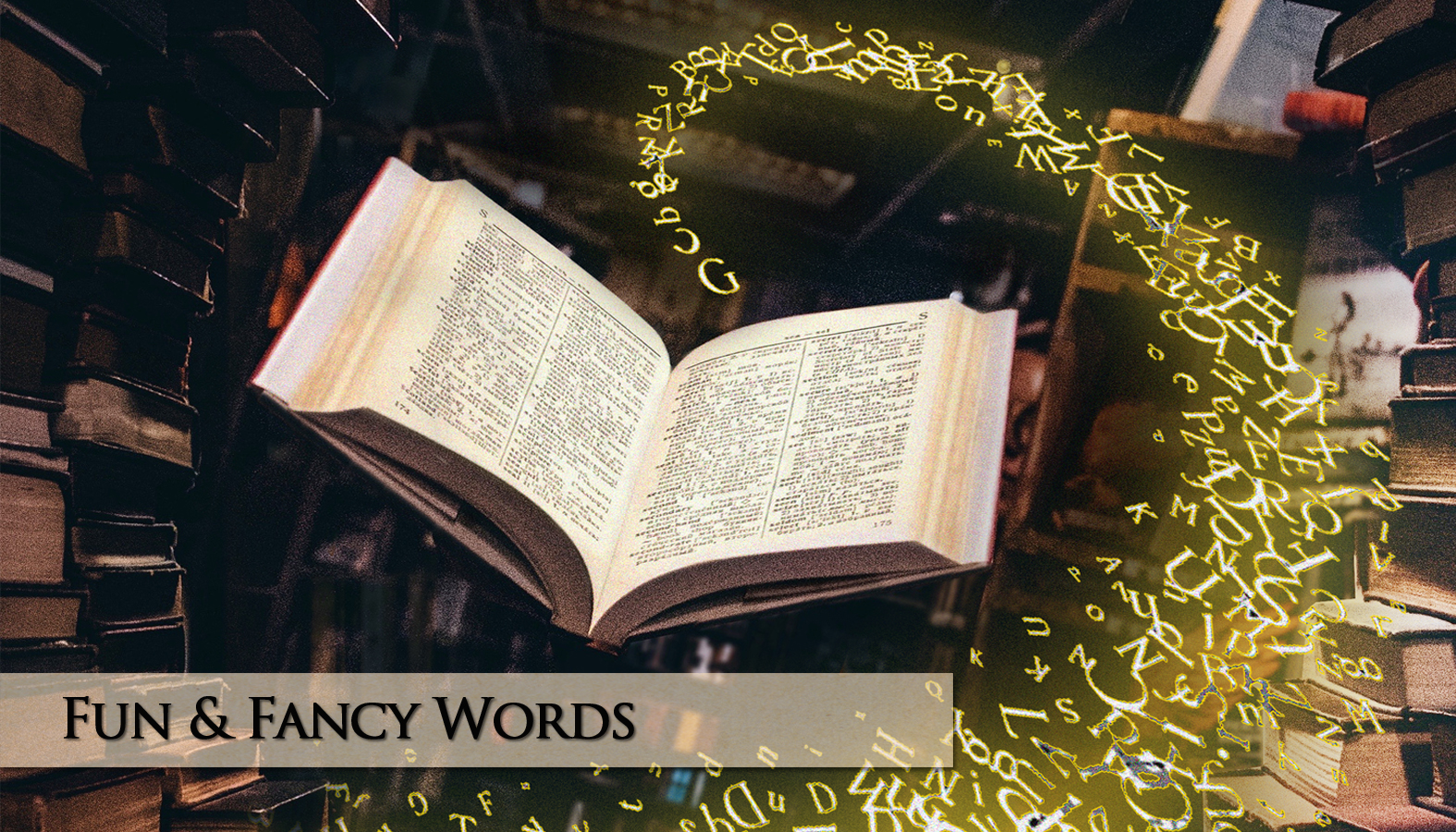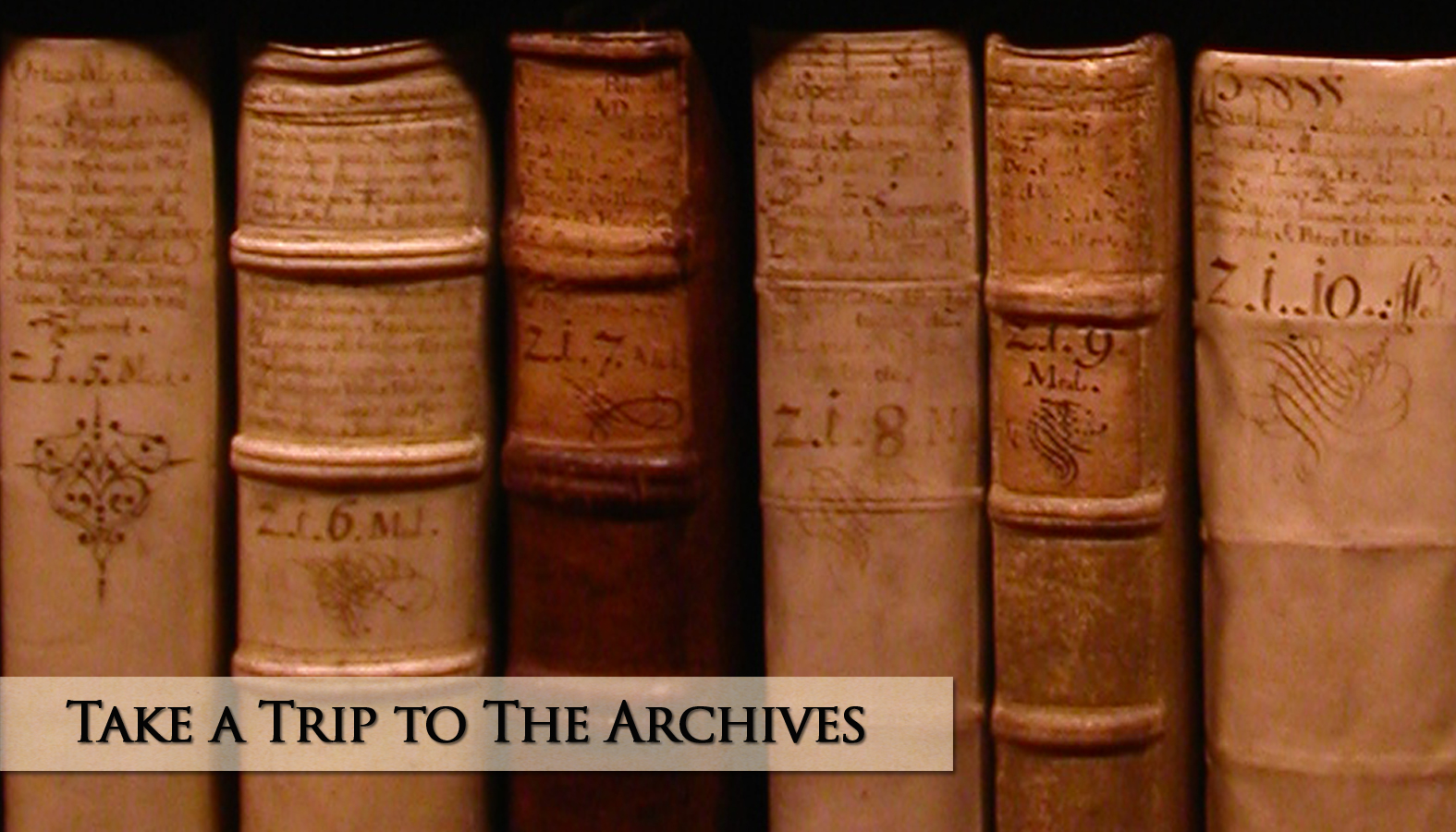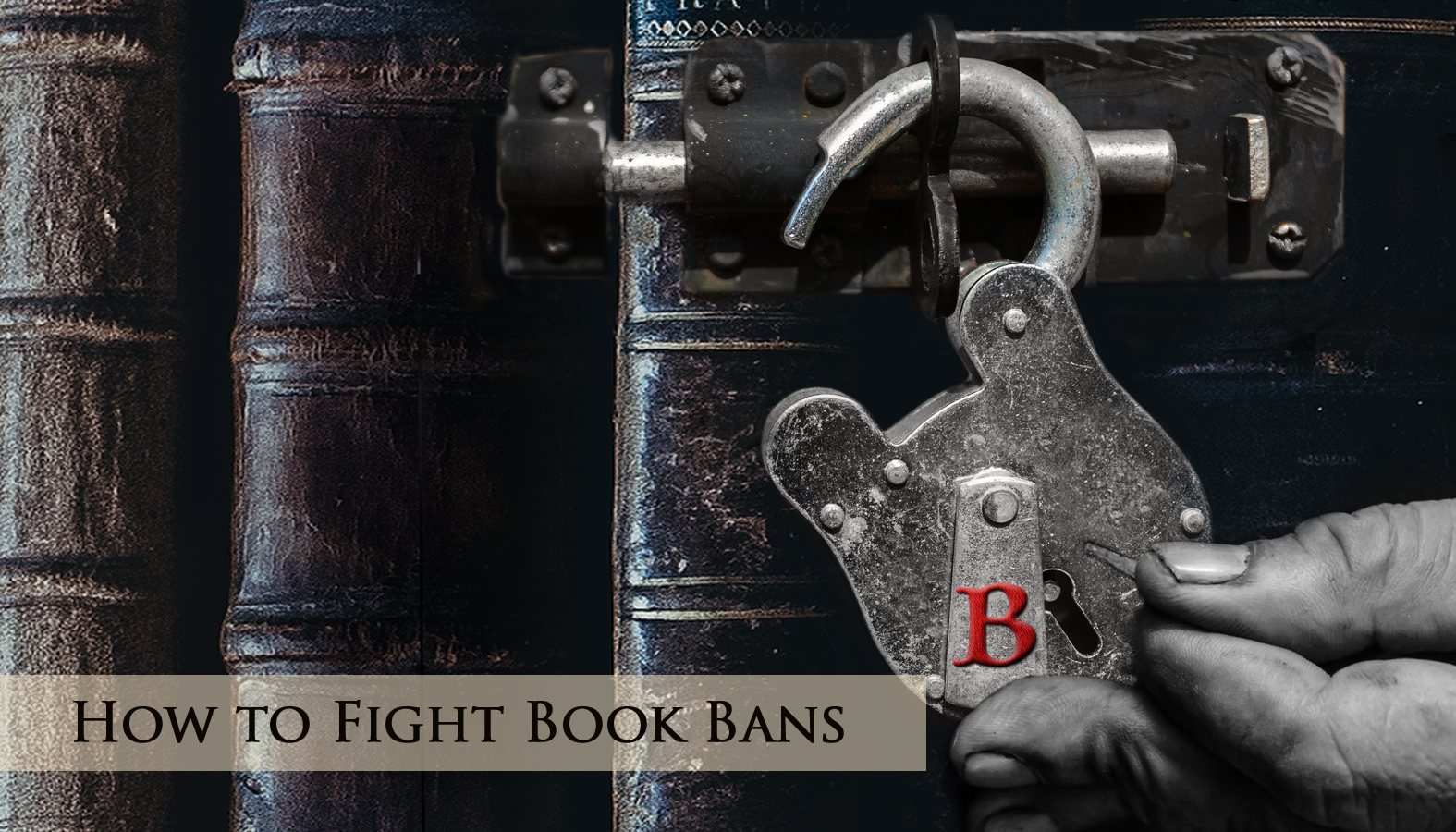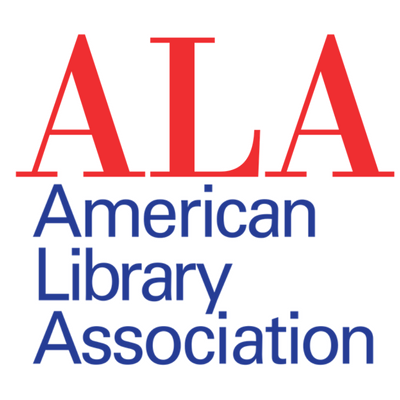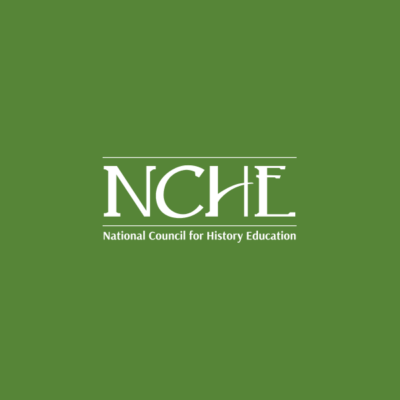Literary Devices: The Author’s Toolbox

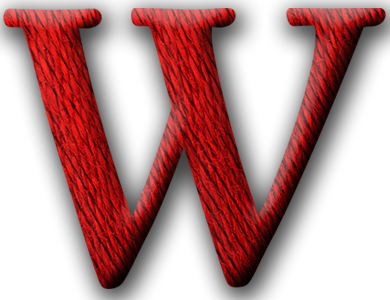 W
W
hy is it important to know about these literary devices? Like symbolic language, literary devices are techniques that authors use to take their writing beyond its straightforward, literal meaning. They’re tools to guide the reader in how to read a particular work for more than simple plot.
Literary devices are often employed for emphasis or clarity. They’re also used to get a reader to connect more strongly with the story as a whole, specific characters, or even particular themes. And sometimes, they just make the reading more fun… but even that tells us a lot about the author and what they have to say.
Here’s a crash course in some of the more common literary devices:
.
Alliteration:
A series of words that start with the same sound. These sounds are typically consonants, so there’s more stress on that syllable. Think tongue twisters, book titles and often poetry.
Example: “Peter Piper picked a peck of pickled peppers.” In this tongue twister, the “p” sound is repeated at the beginning of all major words.
.
Allusion:
No, this isn’t an illusion, though the two are often confused with one another. An allusion is a reference to a person, place, thing, or even an event outside the text. Many allusions refer to other works of literature.
Example: The title of Steinbeck’s work Of Mice and Men is an allusion to a line in Robert Burn’s 1785 poem To a Mouse, On Turning Her Up In Her Nest With The Plough… “The best-laid schemes of Mice and Men Go oft awry.”
.
Anachronism:
This is when someone or something associated with a particular historical time is put in the wrong time period for effect.
Example: The entire premise of Mark Twain’s A Connecticut Yankee in King Arthur’s Court hinges on this literary device.
.
Anaphora:
When a word or phrase is repeated at the beginning of successive clauses or sentences to create rhythm or emphasis.
Example: J.D. Salinger employed anaphora in The Catcher in the Rye: “It rained on his lousy tombstone, and it rained on the grass on his stomach. It rained all over the place.”
.
Anecdote:
A brief story or narrative used to engage the reader, provide real-world context, or humanize abstract concepts.
Example: In Nora Roberts’ Dark Witch, Meara relays an anecdote that provides the audience with insight into the relationship between the book’s main characters:
.
![]() I’ll tell you they were in love. Young and wild for each other. Happy in it, though they scraped and squabbled. She was going into seventeen when they came together the first time. It was after they’d been together the mark came on him. He didn’t tell her. I don’t know whether to blame him for that, but he didn’t tell her. And when she found out, she was angry, but more, she was devastated.
I’ll tell you they were in love. Young and wild for each other. Happy in it, though they scraped and squabbled. She was going into seventeen when they came together the first time. It was after they’d been together the mark came on him. He didn’t tell her. I don’t know whether to blame him for that, but he didn’t tell her. And when she found out, she was angry, but more, she was devastated.
Anthropomorphism:
When nonhuman figures become human-like characters.
Example: A lot of cartoon characters function on this device, think SpongeBob Square Pants – kitchen sponges just don’t do the things he does. For that matter, starfish don’t behave like Patrick does either.
.
Colloquialism:
The use of informal language and slang, which gives a sense of realism to the way characters speak. But this devise isn’t restricted to dialogue, it can also make any text more relatable… as if the reader is having a conversation with the author.
Example: It’s more colloquial to say “What’s up?” instead of “How are you doing?”
.
Double Entendre:
A form of word play where a word or phrase has two possible meanings.
Example: Oscar Wilde’s play The Importance of Being Earnest functions on the double-meaning of the word earnest. Protagonist Jack Worthing leads a double life. To his lover in the countryside, he’s Jack, while his lover in the city knows him as Ernest. After a series of deceptions, this character realizes the necessity of being true to himself. In the final line of the play, Jack comes to understand the importance of being “earnest,” a double entendre on “Ernest.”
.
Enjambment:
A literary device used in poetry. Simply put, it’s when the end of a phrase extends past the end of a line.
Example: T. S. Eliot uses enjambment in The Waste Land to evoke the changing seasons. He ends most lines with verbs to describe and emphasize the metamorphosis that is taking place.
.
![]() April is the cruelest month, breeding
April is the cruelest month, breeding
Lilacs out of the dead land, mixing
Memory and desire, stirring
Dull roots with spring rain.
Winter kept us warm, covering
Earth in forgetful snow, feeding
A little life with dried tubers.
.
Epigraph:
A famous quotation or short passage placed at the beginning of a larger text. As an introduction to a book, or as the header to a chapter. They’re typically written by a different author (with credit given) and serve to introduce overall themes in the work or messages within the chapter in question.
Example: At the beginning of The Sun Also Rises, Ernest Hemingway included a quote from poet Gertrude Stein, “You are all a lost generation.” Stein’s words came to define the literary community Hemingway belonged to (which also includes F. Scott Fitzgerald, T. S. Eliot, and Archibald MacLeish).
.
Flashback:
An interruption in the narrative that portrays events that have already taken place… either before the work’s established “present” time, or before the time when the narration is taking place. It’s typically used to give the reader more background information about particular characters, plot points, and so on.
Example: Most of Emily Brontë’s Wuthering Heights is a flashback, as Nelly Dean tells the Lockwood character about the childhoods of Heathcliff and Catherine Earnshaw, their budding romance and tragic demise.
.
Foreshadowing:
When the author hints at what’s going to happen later in the story, through things like description, dialogue, or characters’ actions.
Example: Atticus Finch’s explanation of courage to his children in To Kill a Mockingbird:
.
![]() It’s when you know you’re licked before you begin, but you begin anyway and see it through no matter what.”
It’s when you know you’re licked before you begin, but you begin anyway and see it through no matter what.”
This passage foreshadows the outcome of Finch’s legal case.
.
Hyperbole:
An exaggerated statement, one not meant to be taken literally by the reader. Used for emphasis, or often for comedic effect.
Example: “I’m so hungry I could eat a horse.” The speaker isn’t actually going to eat an entire horse. That’s a ludicrous proposition, but it serves to emphasize how hungry the speaker is.
.
In Medias Res:
This latin phrase is used to describe when a story opens with the main character already in the middle of things, bringing the reader front and center into the fray.
Example: Within the first lines of Homer’s Iliad, the reader is dropped directly into the midst of the Trojan War, the actions of warring Greeks and Trojans unfolding around them.
.
Irony:
The colloquial use of this word highlights the difference between “what seems to be” and “what is.” Someone having a bad day, for example, might say that they’re doing “greaaat.” But, when it comes to literature, the irony is typically conditional, creating situations that unfold in ways contrary to what one would expect.
Example: O. Henry’s short story The Gift of the Magi is a classic example of situational irony. The story revolves around a couple who can’t afford to buy Christmas gifts for each other. They each sell their most treasured possession, so they buy a gift for the other one. However, they both discover that, because of what each of them chose to sell, their gifts for each other are now unusable.
.
Jargon:
A word or phrase specific to a profession or industry, typically only understood by members of the group who use these terms as part of their field of expertise. When used in dialogue, this device can help define a text’s characters.
Example: In 1950s-diner-speak, scrambled eggs on toast is “Adam and Eve on a raft and wreck ’em.”
In the case of George Orwell’s 1984, however, jargon serves to establish Oceania’s dystopian nature.
.
![]() The Ministry of Truth, which concerned itself with news, entertainment, education, and the fine arts. The Ministry of Peace, which concerned itself with war. The Ministry of Love, which maintained law and order. And the Ministry of Plenty, which was responsible for economic affairs. Their names, in Newspeak: Minitrue, Minipax, Miniluv, and Miniplenty.
The Ministry of Truth, which concerned itself with news, entertainment, education, and the fine arts. The Ministry of Peace, which concerned itself with war. The Ministry of Love, which maintained law and order. And the Ministry of Plenty, which was responsible for economic affairs. Their names, in Newspeak: Minitrue, Minipax, Miniluv, and Miniplenty.
We wouldn’t understand the highlighted words without context, because we’re not part of the world Orwell created.
.
Juxtaposition:
Placing contrasting ideas next to each other, typically to produce a thought-proving or ironic effect.
Example: The opening lines of Dickens’ A Tale of Two Cities.
.
![]() It was the best of times, it was the worst of times, it was the age of wisdom, it was the age of foolishness, it was the epoch of belief, it was the epoch of incredulity, it was the season of Light, it was the season of Darkness, it was the spring of hope, it was the winter of despair, we had everything before us, we had nothing before us…
It was the best of times, it was the worst of times, it was the age of wisdom, it was the age of foolishness, it was the epoch of belief, it was the epoch of incredulity, it was the season of Light, it was the season of Darkness, it was the spring of hope, it was the winter of despair, we had everything before us, we had nothing before us…
Dickens situates his characters into a world of contrasts, reflecting the extreme wealth disparities of pre-Revolution France.
.
Metonym:
When a related word of phrase is substituted for the thing it’s referring to.
Example: “The pen is mightier than the sword.” Edward Bulwer-Lytton’s statement contains two examples: “the pen” referring to the written word, and “the sword” which refers to military force/violence.
.
Mood:
The general atmosphere and emotional complexion, designed to evoke particular feelings in the reader. This can be achieved through setting, description, dialogue, and word choice.
Example: Hamlet is about death, grief, and madness. Shakespeare establishes an ominous mood by setting the first scene at night, and there’s a lot of dialogue about being fearful. Alice’s Adventures in Wonderland, on the other hand, uses fantastical imagery, and lighthearted language set a whimsical mood.
.
Motif:
A recurring theme or element in a literary work, typically used to emphasize or reinforce a particular idea or concept. Motifs can be images, symbols, actions, or phrases, that appear throughout a text.
Example: The color green in Shakespeare’s Othello represents jealousy. And, fire is a motif that appears throughout Jane Eyre, appearing around situations dealing with strong emotions.
.
Onomatopoeia:
A word, or group of words, that imitates the sound it stands for.
Example: Honk, pow, meow, bow-wow, boom, clip-clop, plop are just a few.
.
Oxymoron:
A figure of speech where contradictory terms appear together. They’re useful in creating unexpected or comical contrast.
Example: In The Call of the Wild, Jack London describes the Aurora Borealis as “flaming coldly.” Jumbo shrimp, and deafening silence are a couple of others.
.
Paradox:
A statement that seems illogical or self-contradictory, but upon investigation, might turn out to be true.
Example: Hamlet’s line, “I must be cruel only to be kind.” Or Yogi Berra’s observation “nobody goes there anymore – it’s too crowded.”
.
Paronomasia, better known as a pun:
A form of word play that functions on multiple meanings of a term or similar-sounding words to create humor, or a sense of playfulness.
Example: “I used to be a baker, but I couldn’t make enough dough.” Here’s another one for ya’: “Time flies like an arrow; and fruit flies like a banana.”
.
Personification:
When a nonhuman figure or abstract element is described as having human characteristics. This differs from anthropomorphism, where non-human figures become human-like characters.
Example: A rug that’s tired of being stepped on. When Rita hears the last piece of pie calling her name. Or when lightning dances across the sky.
.
Satire:
A genre that criticizes something, such as a person, belief, government, or society, typically employing humor, irony, and hyperbole to make the author’s point.
Example: In Gulliver’s Travels when Jonathan Swift depicts Lilliputians as being at war with the empire of Blefuscu over religious doctrine that mandates which end of an egg should be broken.
.
Soliloquy:
A type of monologue often used in dramas, when a character speaks to themself, and in doing so, reveals their inner thoughts and feelings to the reader/audience.
Example: Hamlet’s “To be or not to be” speech is probably the best-known soliloquy in the world.
.
Synecdoche:
When part of something is used to represent the whole. It’s similar to a metonym, the difference being that a metonym doesn’t necessarily represent the whole – merely something associated with the word used.
Example: “The crown” is a synecdoche for the monarchy. Shouting “all hands on deck” is clearly a call for whole human beings.
.
Tone:
This device has the power to shape the entire narrative. It’s closely related to mood. While mood is the overall feeling of a text, however, tone conveys the narrator’s attitude, opinion, or feelings about the situation being described.
Example: When describing the setting of a party, does the narrator characterize the red light falling a door as “fallen rose petals” or as “a smear of blood”? Needless to say, the difference between these two phrases lets the reader know whether the narrator is looking forward to this event, or terrified of it.
.
Verisimilitude:
The appearance of being real or true in a literary work. It’s employed to make stories more believable and convincing.
Example: Realistic dialogue that reflects how people actually speak, or spoke during a particular period in history. Detailed descriptions of settings create a sense of place. Accuracy is key when describing an actual location.

Check out these companion articles on The Art of Reading:
We may Read for Enjoyment,
But Literature isn’t Written Just to Entertain Us.
Novels Are Like a Layer Cake,
Be Sure to Get Every Bite.
Share This Post, Choose a Platform!
#the art of reading #literary devices #symbolic language
Sources:
Muniz, Hannah, “The 31 Literary Devices You Must Know.” January 25, 2020. PrepScholar.
https://blog.prepscholar.com/list-of-literary-devices-techniques
Glatch, Sean. “112 Common Literary Devices: Definitions, Examples, and Exercises.” January 26, 2023. Writers.com.
https://writers.com/common-literary-devices
“Literary Devices: 55+ to Enrich Your Writing.” Self-Publishing School.
https://self-publishingschool.com/literary-devices/
.
Image:
Photo by Hunter Haley on Unsplash
FYI:
This Book is Banned participates in the Amazon.com affiliate program, where we earn a small commission by linking to books (but the price remains the same to you). This allows us to remain free, and ad free. [Our privacy policy]



